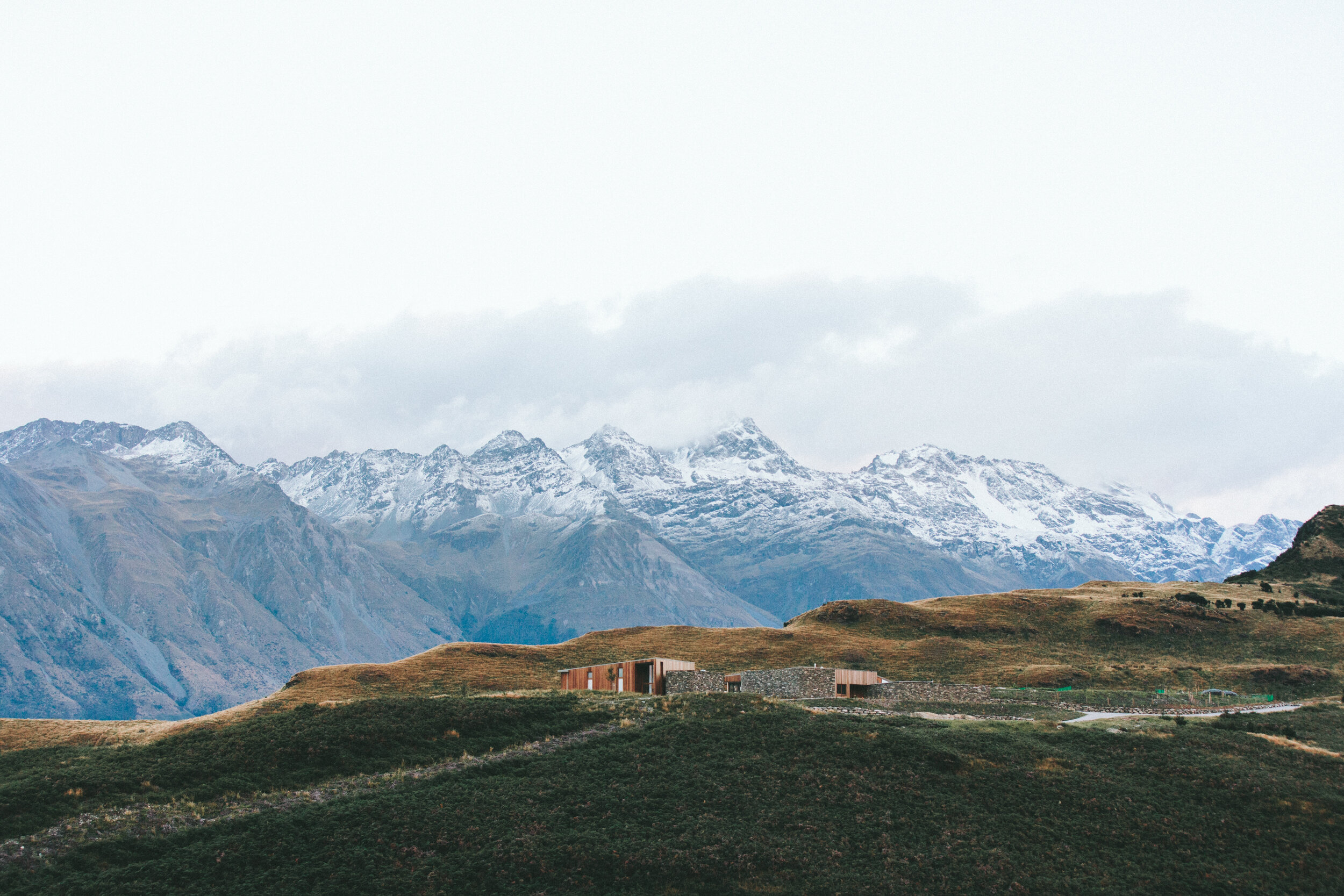
What to Bring
Proper footwear
Open-toed shoes are not a good idea. Dangerous insects are rare, but are still a possibility. There isn’t much vegetation out here that won’t hurt you in some way. They’re not all cacti, but many are quite unpleasant. Trust me, you don’t want a goat head stuck in your foot. High ankle hiking boots are not required, but are recommended. The more traction you have on your feet and the better supported your ankles will be doing your future self a huge favor. I have additional traction aids (yak-traks) for hiking in snow/ice.
Something comfy
We won’t always be hiking, and sometimes your boots could use a break, whether it be to air out or dry out. I recommend bringing a more leisurely shoe as well, something that you would want to wear around camp. Even better would be a shoe that is easy to get on and off, in case you need to get up to pee in the middle of the night. Flip flops, however, are not recommended, since you will be climbing a short ladder, and they are generally not appropriate footwear for any of the activities we will be doing on this trip.
Rainwear
It’s not often it rains out here, but if you don’t bring a coat murphy’s law requires that it will precipitate the entire time. I do my best to avoid adverse weather (dirt roads don’t fair well against the elements), but I am not a professional meteorologist. A thin waterproof overcoat or a poncho will do fine. I have a number of umbrellas that are useful for rain and shade.
We aren’t trying to win any beauty contests and the storage in The Rig is limited. Any extra clothes you bring must be limited to a duffle bag that will stay in a weather-proof locker in the back of the truck. Anything else you bring must ride with you in the truck and you are responsible for keeping your valuables from rolling under seats or falling out of opening doors.

The Ideal Packing list
-
Footwear
A pair of hiking sneakers or boots
A more comfortable shoe for camp and in the truck (e.g. sneakers, sandals, crocs)
-
Clothes
Pants or shorts for hiking
A comfortable set of pants for lounging
Hike-appropriate shirts (graphic t-shirts do not breathe and hold in moisture, causing chafing)
Socks to wear with hiking shoes/boots (preferably made of wool or synthetic materials)
Some every day socks
Changes of underwear
Pajamas (or whatever you normally sleep in)
A rain coat
A hoodie or sweater
A hat for shade (e.g. a bucket hat or baseball cap)
-
Bags
A hiking backpack with either a built-in bladder or storage for refillable water bottles
A duffelbag for extra clothes and toiletries
-
Other
A hat (baseball cap or bucket hat)
Toiletries
Device charging cables
-
Recommended Toiletries*
Body Wash
Shampoo and Conditioner
Deodorant
Q-tips
Lotion
Sunscreen
*we will be capturing and disposing of all grey water, so biodegradable soaps are encouraged, but not necessary






